What to Expect When Chickens Molt

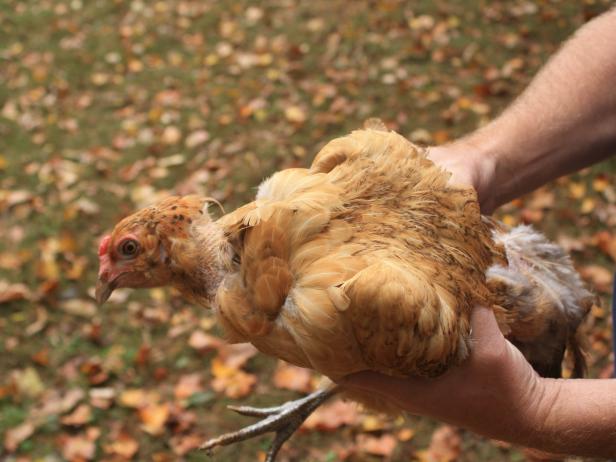
My nesting boxes are full of feathers instead of eggs this week. Don’t panic. It’s normal. It’s healthy. But it sure ain’t pretty.
Egg production was in high gear just a couple of weeks ago. My happy little backyard brood of nine chickens was producing half a dozen or more eggs each day. Even the birds I hatched in the spring had jumped on the bandwagon, already becoming consistent layers. I had more eggs than we could use, to the delight of the friends and neighbors reaping the benefits.
But now we’re down to just a few eggs a day. Although cheerful as ever, some of the girls have stopped laying and are starting to look pretty rough, as feathers fall like the autumn leaves.
The molt is upon us.
Over a period of four to eight weeks, these birds are going to drop all of their feathers. Some will lose them quickly, leaving them looking a little like that cartoon turkey that leaps up from the table and starts running around the room. Others may shed feathers gradually over a period of weeks, starting at the neck and underside and extending to the tail feathers and wings, leaving them looking patchy and maybe a little pathetic.
If you don’t know what you’re looking at, molting is a little unsettling and could easily be mistaken for an illness. And indeed, if it occurs out of season or over an extended period, it can be indicative of disease, problems in diet, or due to stress. But as the weather becomes cooler, molting is essential for the health of the backyard flock.
Molting is a natural process in which mature chickens lose their feathers and grow a new coat. Generally occurring in the fall as the days grow shorter, egg production stops during this time of plumage renewal. Instead of laying, all of that energy is going toward getting those new feathers in place before the weather gets too chilly.
Whether a hard or soft molt (fast or slow loss of feathers), it is crucial that adequate protein be offered in the chicken’s diet. A lot of energy goes into growing new feathers, which are 85% protein. Although most commercial feeds fit the bill, some may choose to switch to a feed with a higher protein content during the molt. Additionally, molting chickens will benefit from ranging opportunities. Grubs, worms and insects are all protein-rich chicken snacks.
This molting time serves not only to renew feathering, it is also a recovery period for a hen who is finishing up an eleven month cycle of egg laying. During this time, diet should be consistent, protection from the elements provided, and efforts should be made to limit external stresses. Let her put her feet up. Maybe watch a little TV.
She deserves it. It’s hard being a chicken.






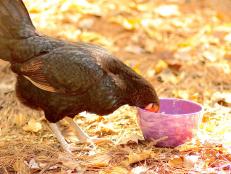
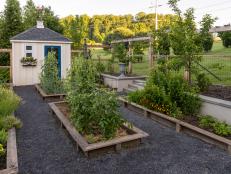


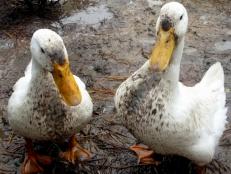

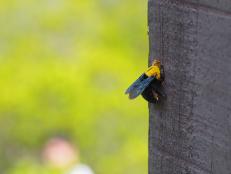
_Courtesy-HGTV-(1).jpg.rend.hgtvcom.231.174.suffix/1679064655219.jpeg)
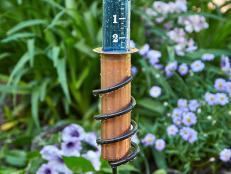
.-Battle-on-the-Beach-courtesy-of-HGTV.-.jpg.rend.hgtvcom.231.174.suffix/1714761529029.jpeg)





























